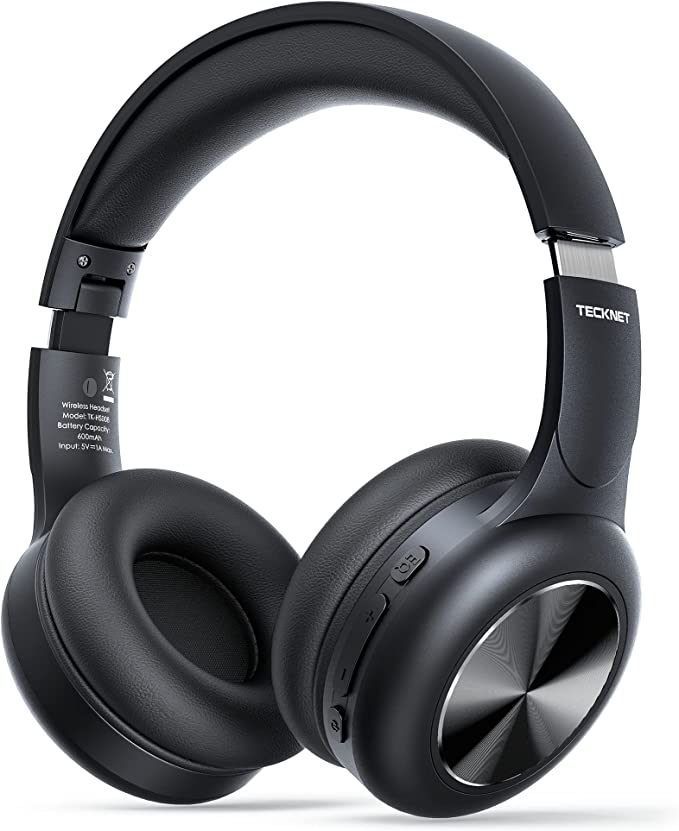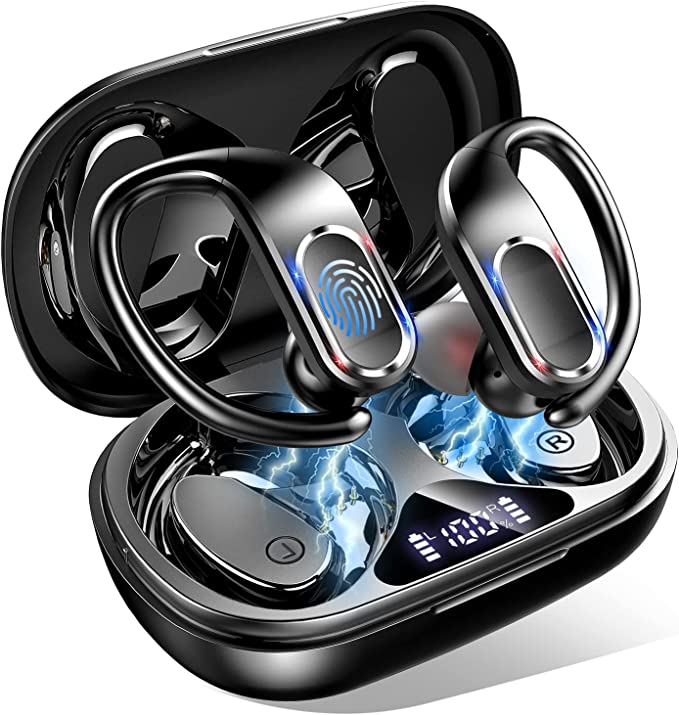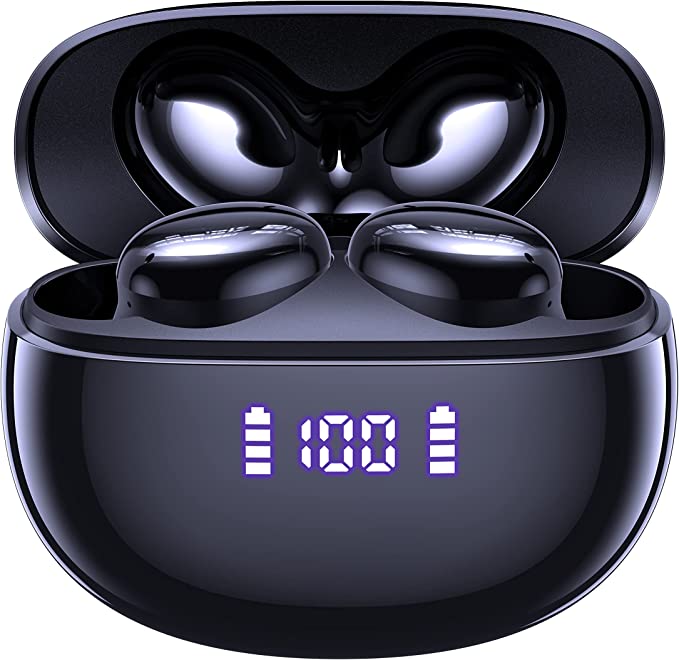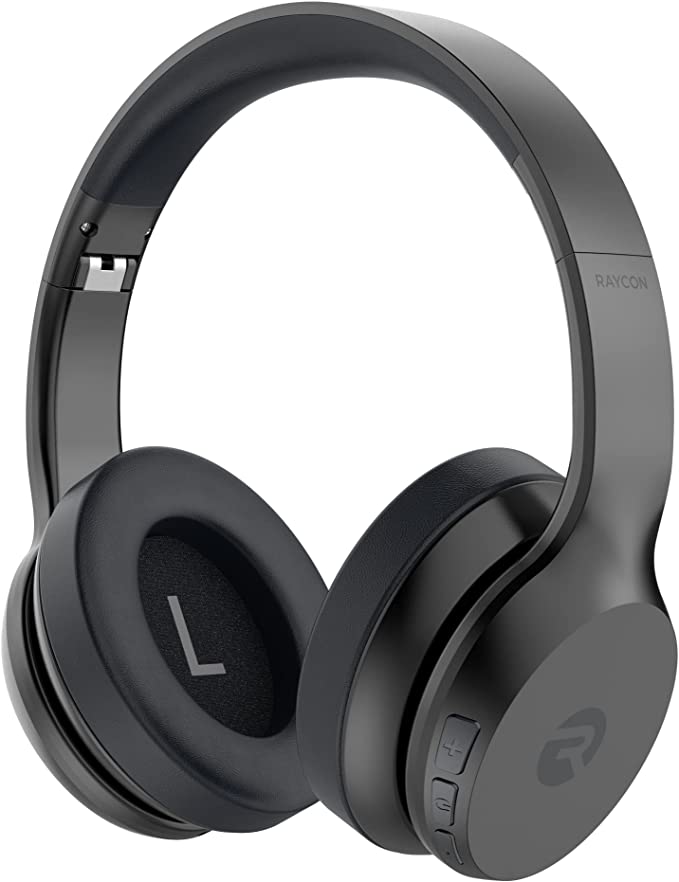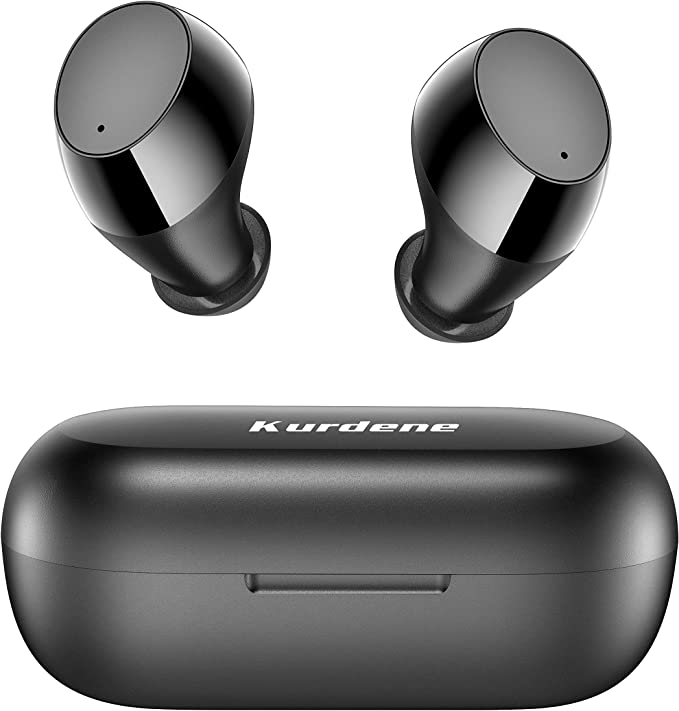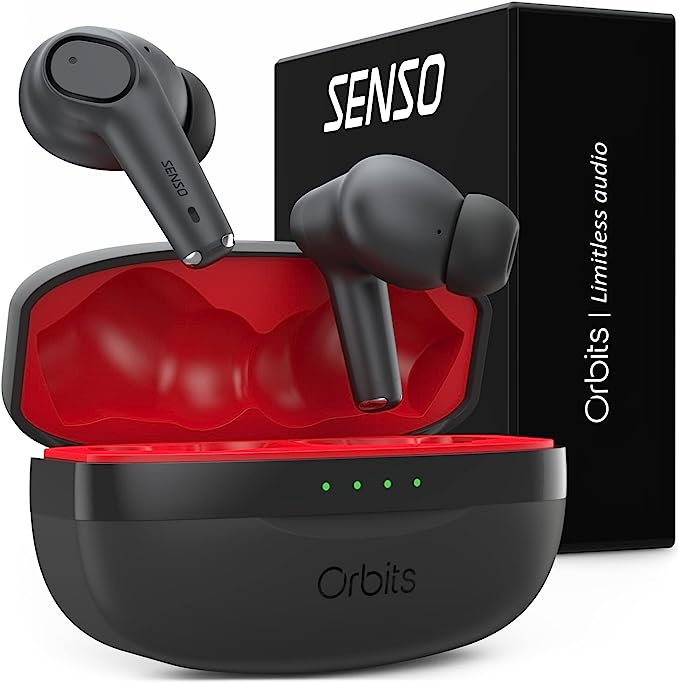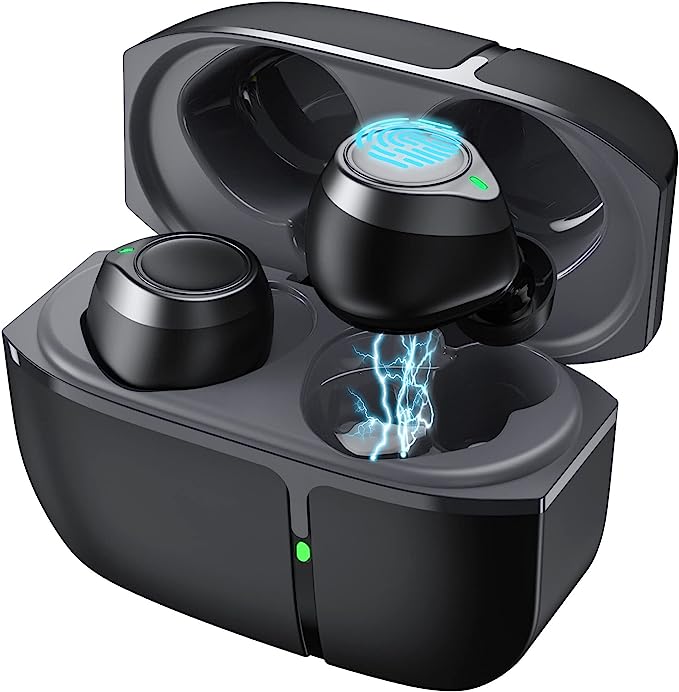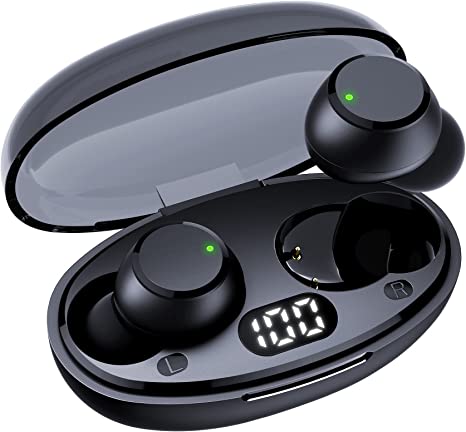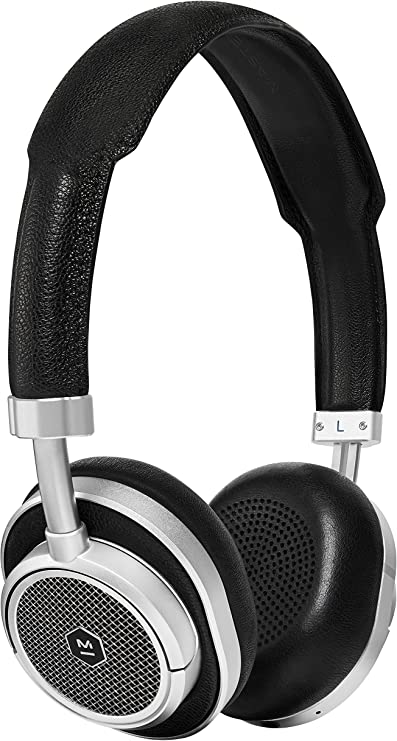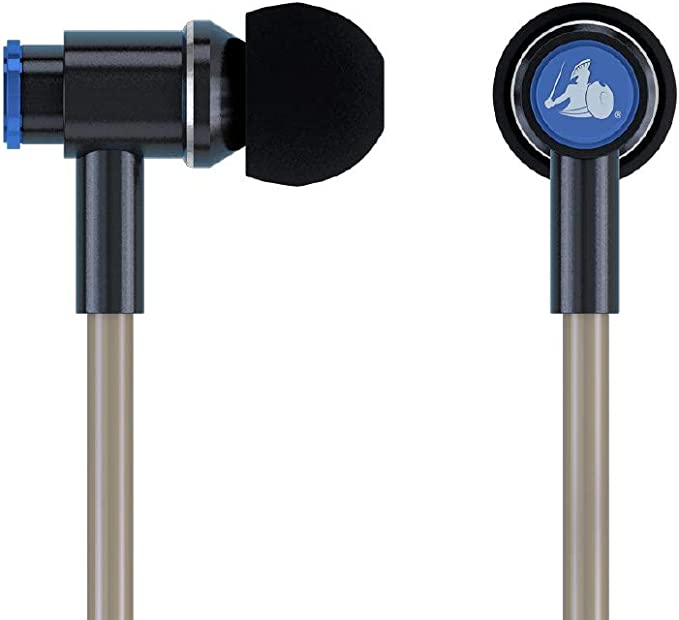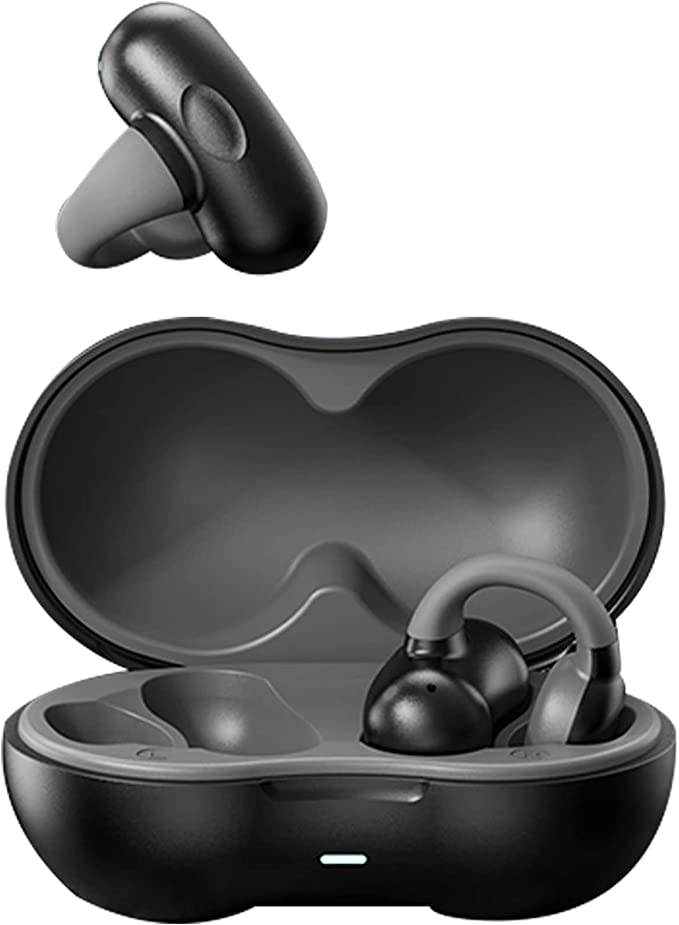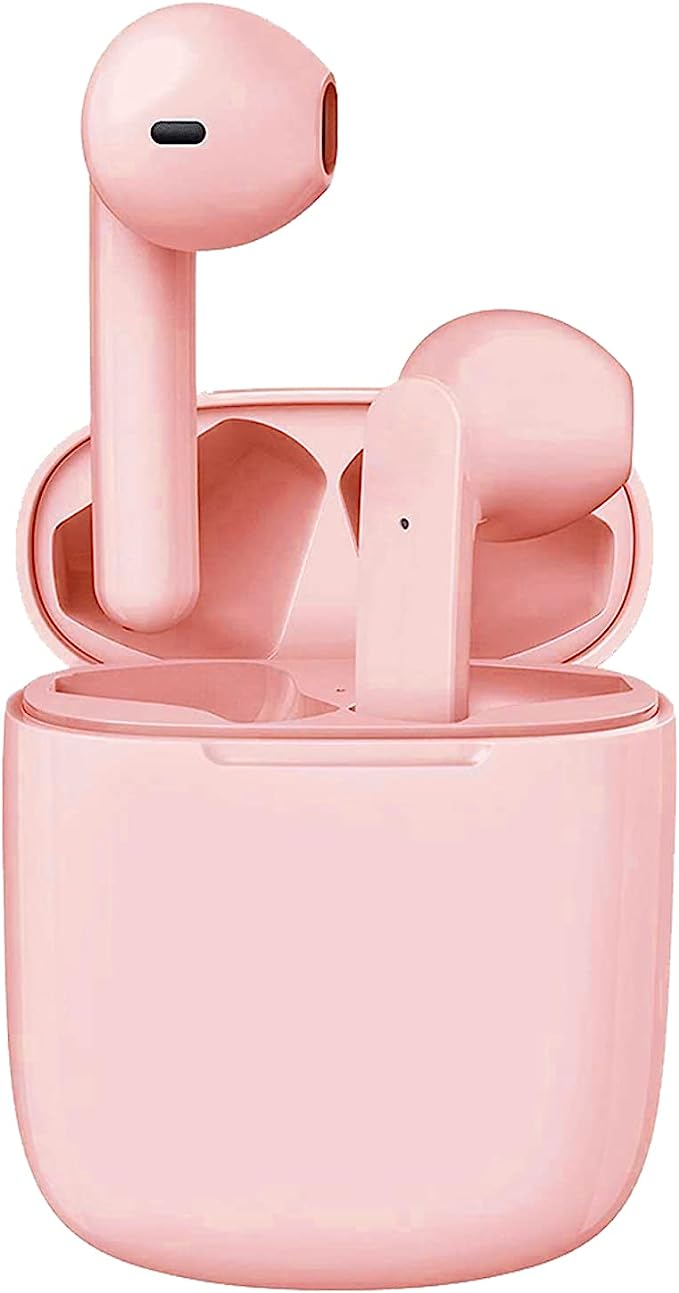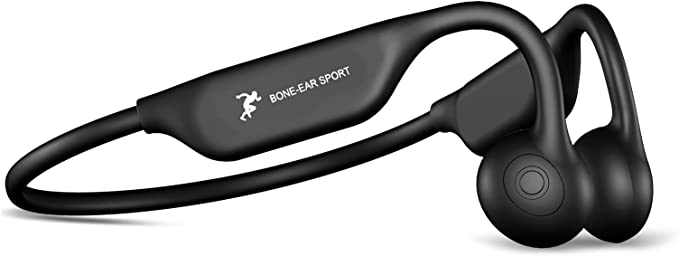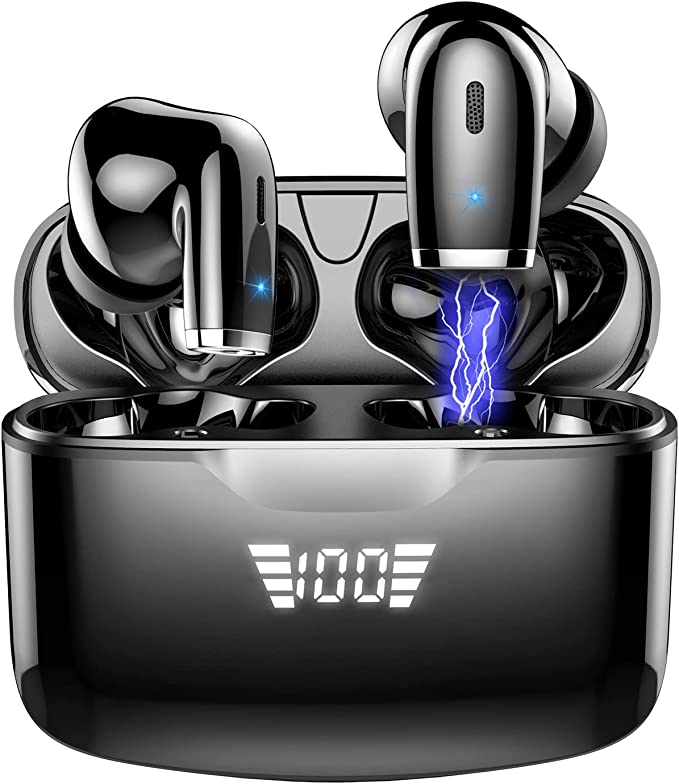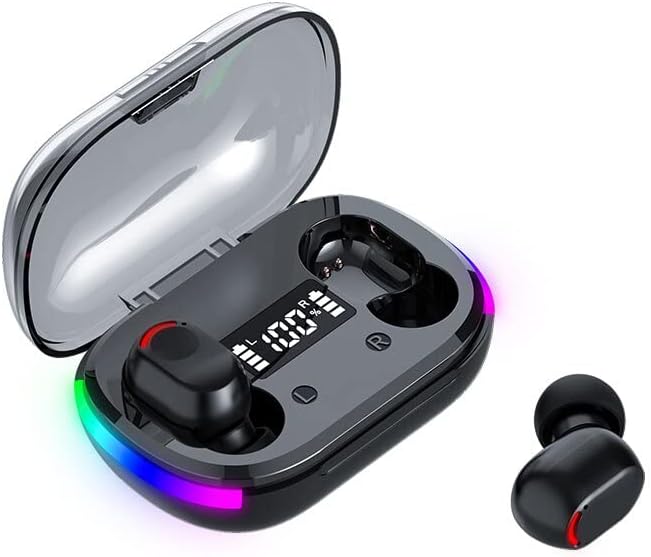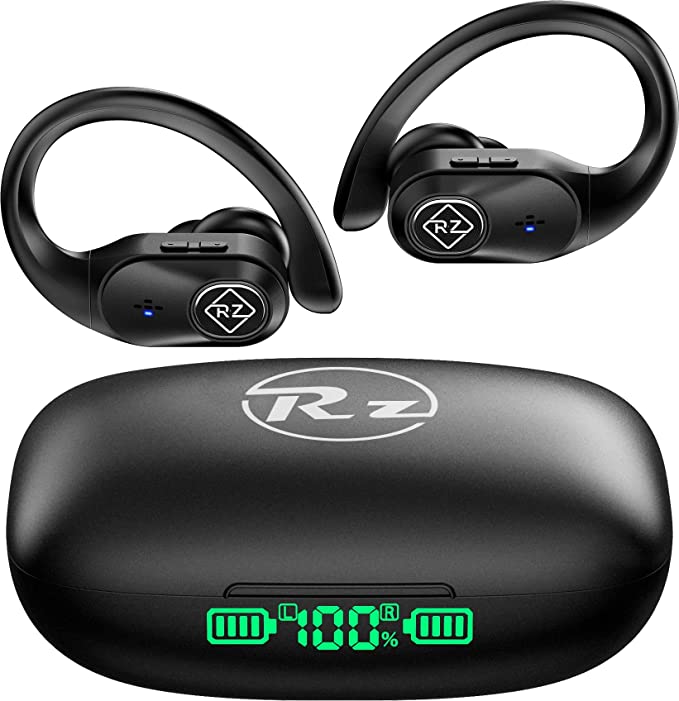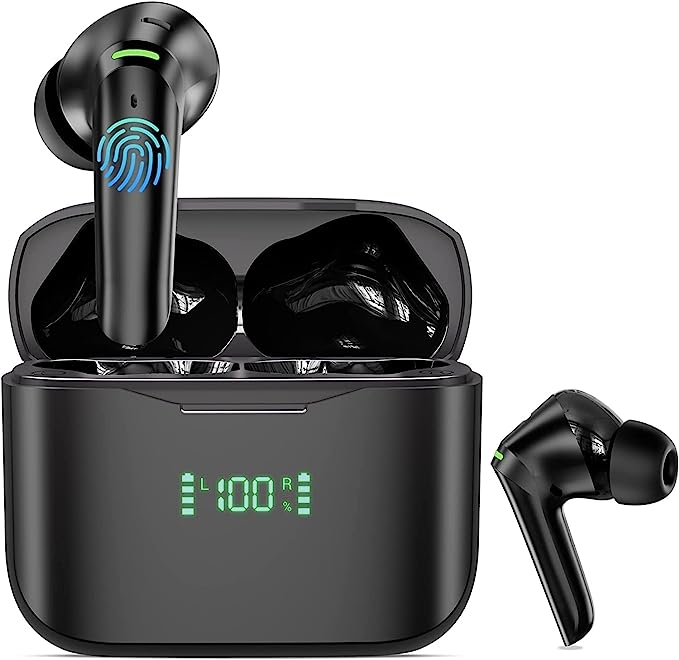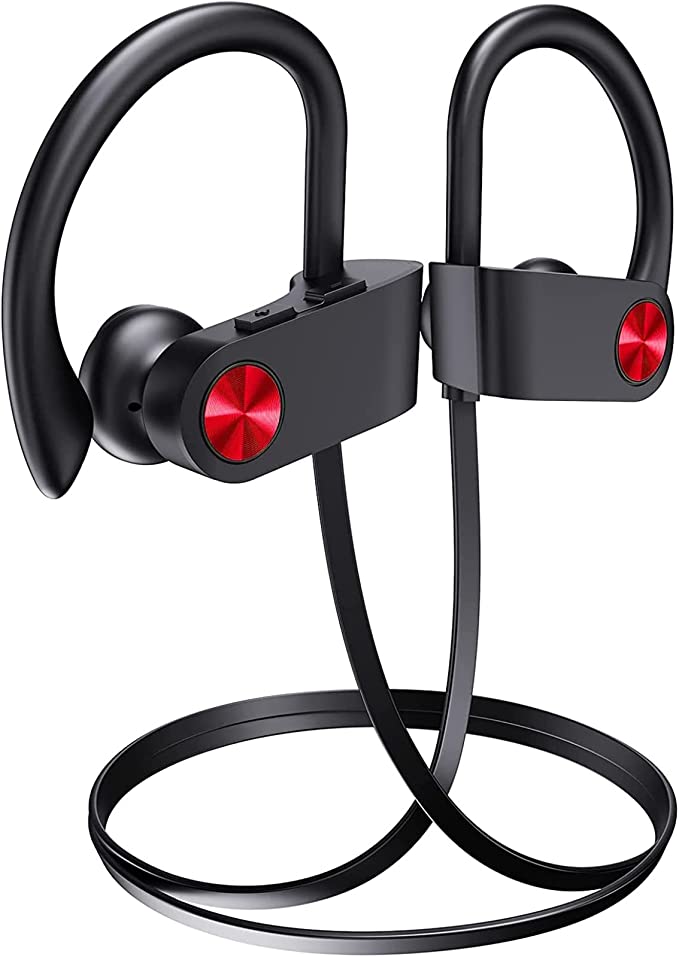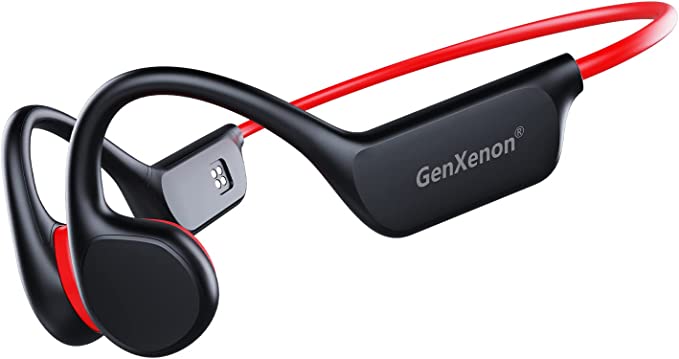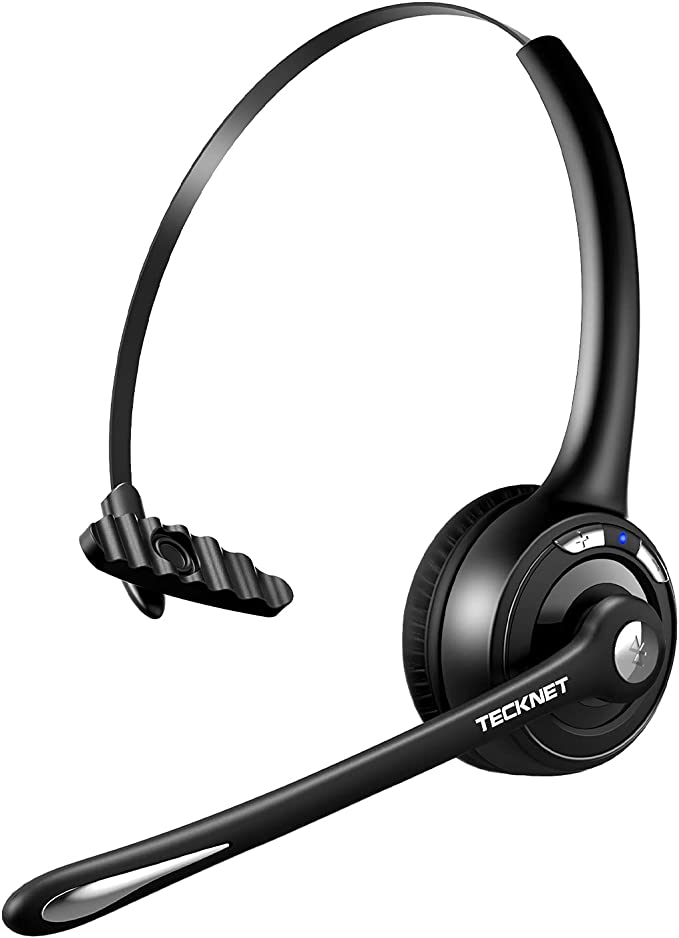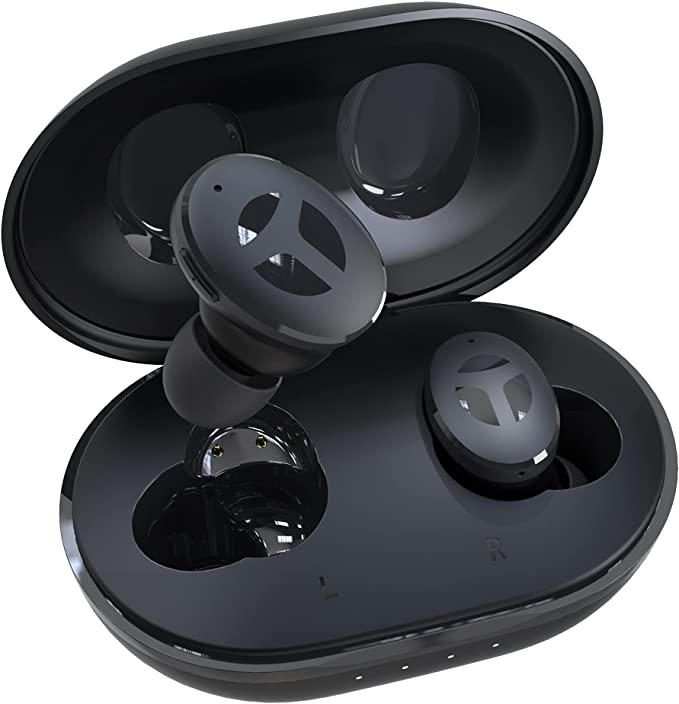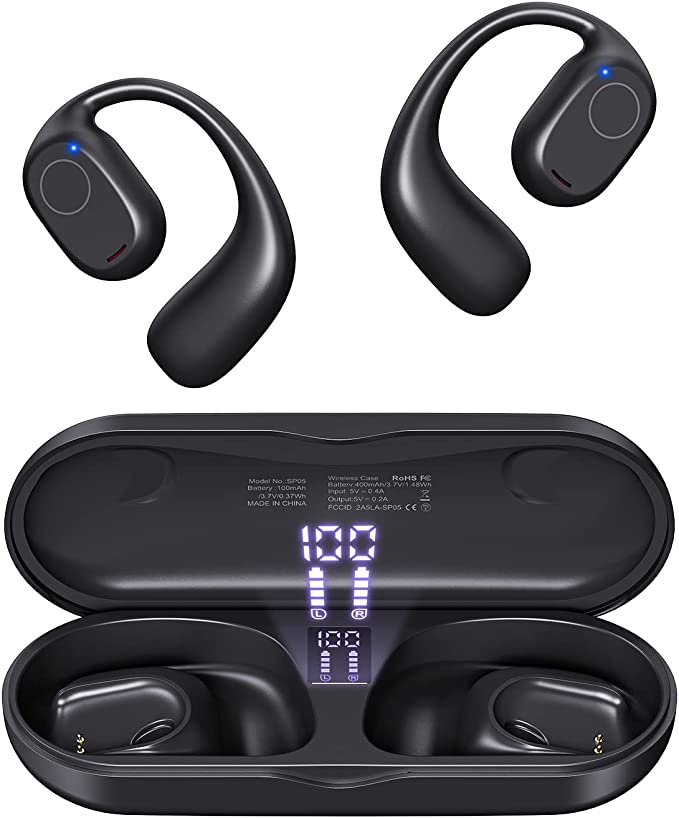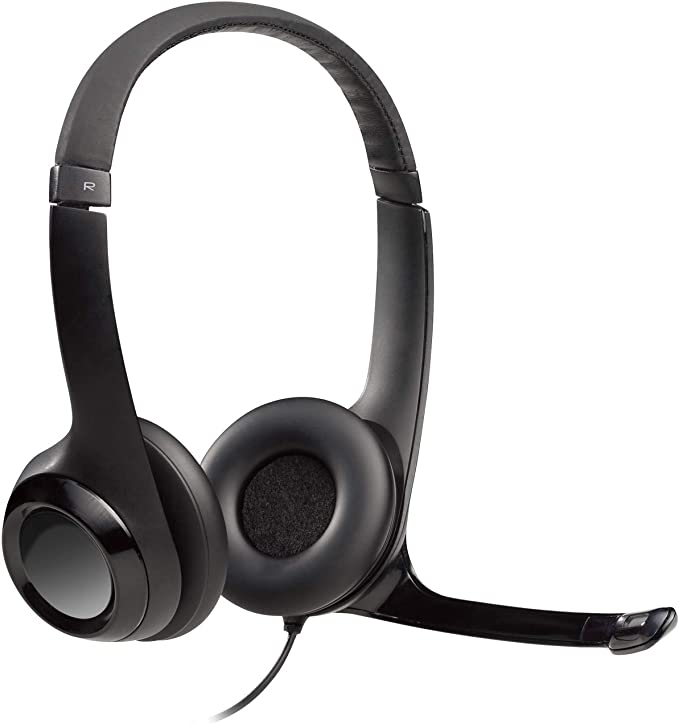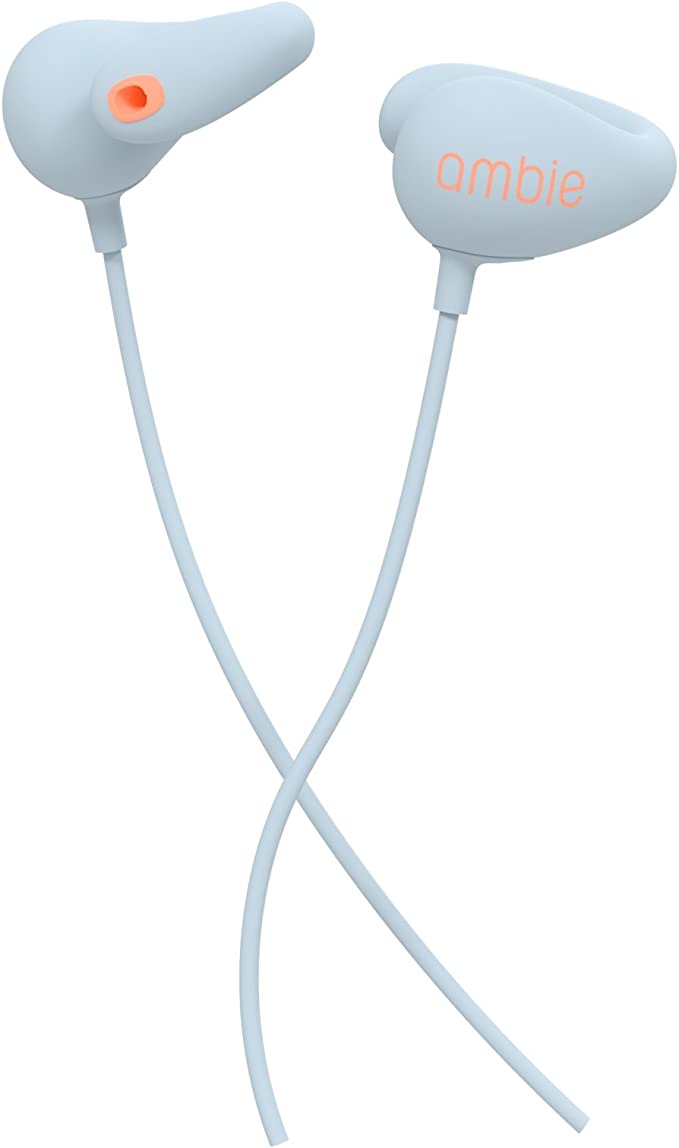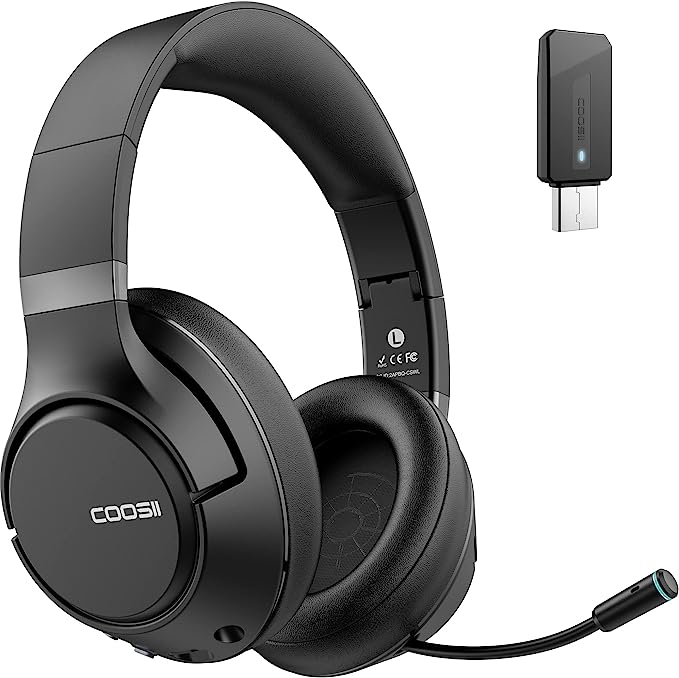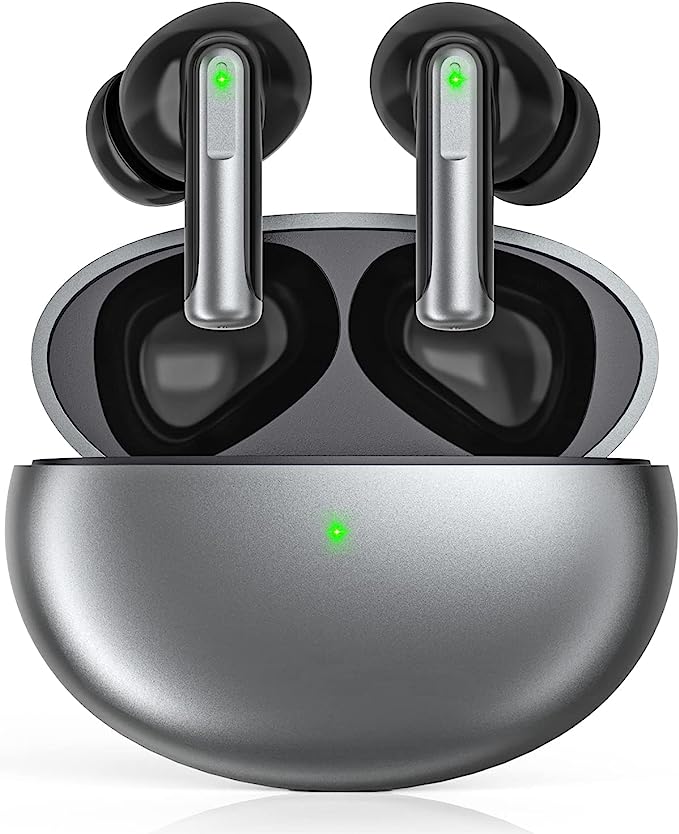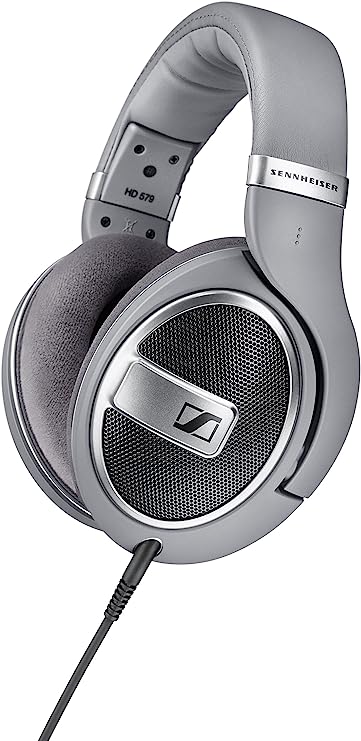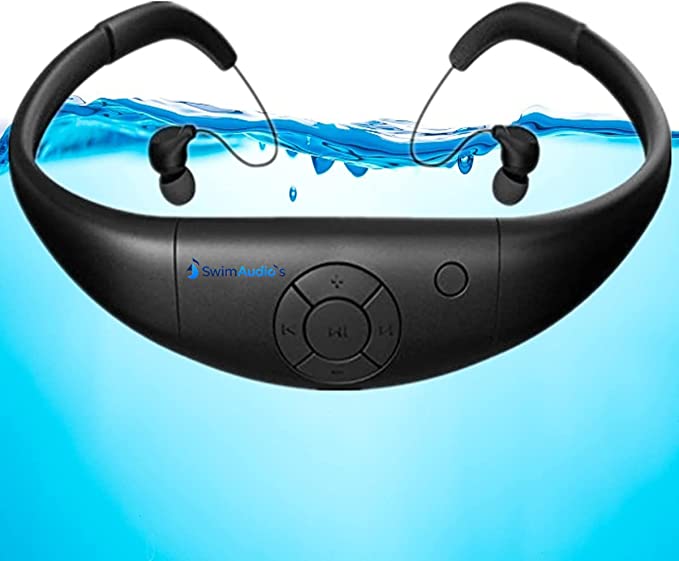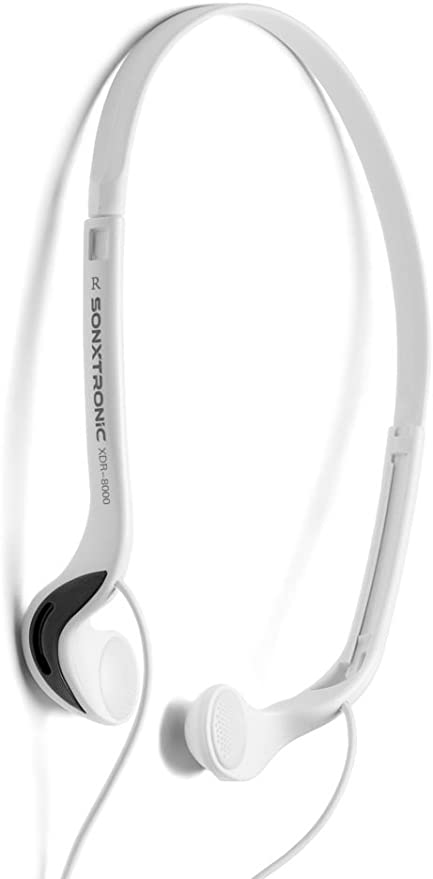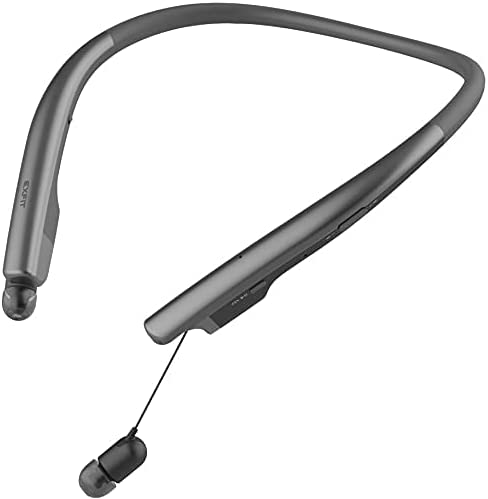The Unsung Engineer: How Technology Unleashed the Pop Star in All of Us
Update on Sept. 5, 2025, 6:30 a.m.
It began, as many revolutions do, not with a grand design, but with a simple request. The year was 1971, in the Japanese city of Kobe. Daisuke Inoue, a jobbing musician who played backup for business-people trying to impress clients, was asked by a regular to accompany him on a company trip. Inoue couldn’t make it. So, he did the next best thing: he recorded his instrumental backing tracks onto an 8-track tape deck, handed it to the executive with a microphone and an amplifier, and told him to sing his heart out.
The executive was a hit. And in that moment of improvised convenience, the modern karaoke machine—the Juke-8—was born. Inoue’s invention, which he never patented, was built on a beautifully democratic premise. He called it “karaoke,” a portmanteau of the Japanese words kara (empty) and ōkesutora (orchestra). An empty orchestra, waiting for anyone, regardless of talent, to step up and be the star.
For decades, that noble idea was trapped inside imperfect technology. It migrated from tapes to bulky LaserDisc players in bars, then to MIDI files on CDs that sounded tinny and synthetic. The experience was often tethered by tangled cables, hampered by feedback, and constrained by music that was stubbornly locked in a key that suited a professional, not an amateur. The dream was there, but it was a dream encumbered by engineering limitations.
Today, that’s changing. I recently spent some time with a device, the Magic Sing ATK1000, that represents the modern apotheosis of Inoue’s original vision: a self-contained, high-fidelity, artificially intelligent stage in a box. To look at it is to see the culmination of a 50-year journey to solve a series of fundamental problems that once stood between us and the simple joy of singing. This is the story of how engineers systematically dismantled those barriers, one by one.

The Unseen Battle Against Latency
The first barrier was physical: the microphone cable. It was a literal leash, tethering the performer to the machine. The advent of wireless technology seemed like an obvious solution, but for singing, it introduced a far more sinister problem: latency.
Latency is the delay between an action and its perceived effect. In audio, it’s the time it takes for your voice to travel from your lips, into the microphone, through the system’s electronics, and out of the speakers. While a delay of 50 milliseconds is barely perceptible in a video call, for a singer, even 15 milliseconds can be profoundly disorienting. Your brain hears your voice coming back out of sync with the internal vibrations it feels in your own head—a phenomenon related to the precedence or Haas effect. It can wreck your pitch and timing.
This is why the two wireless microphones that come with a high-end karaoke system aren’t using the same Bluetooth technology as your earbuds. Bluetooth is fine for listening, but its latency is too high and variable for live performance. Instead, these systems rely on professional-grade Ultra High Frequency (UHF) radio transmission. UHF offers a dedicated, low-interference channel that can transmit audio with latencies as low as 3-5 milliseconds—a delay so short it is functionally instantaneous to the human brain. Cutting the cord wasn’t just about freedom of movement; it was about achieving that freedom without sacrificing the split-second timing that music demands. It was the first step in liberating the performer.

Engineering a Stage in a Shoebox
The next barrier was the sound itself. Early home karaoke systems often had abysmal audio quality, forcing users to plug them into complex home theater receivers. The backing tracks sounded thin, and the speakers within the units themselves were an afterthought. How could you feel like a star when your orchestra sounded like it was playing through a telephone?
The challenge of creating “Built-in Hi-Fi Stereo” in a compact, all-in-one unit is a monumental feat of acoustic engineering. “Hi-Fi,” or High Fidelity, is a stringent standard. It means the audio output is a faithful reproduction of the original recording, with minimal Total Harmonic Distortion (THD) and a flat, wide frequency response. This ensures you hear the deep thump of the bass drum and the shimmering decay of a cymbal exactly as they were mixed in the studio.
To achieve this in a small enclosure, engineers battle the laws of physics. They use precisely designed speaker drivers, sophisticated cabinet construction to prevent unwanted resonance, and digital processing to optimize the sound for the unit’s specific acoustics. The “Stereo” part is just as crucial. By creating two independent audio channels, the system crafts a “soundstage”—an illusion of space where you can perceive the location of the piano to your left and the guitars to your right. This rich, immersive sonic environment doesn’t just accompany you; it supports you. It provides the full, detailed musical foundation a singer needs to feel confident and emotionally connected to the song. It’s the difference between singing at a machine and performing with a band.
The Infinitely Accommodating Band
Perhaps the most intimidating barrier for any amateur is the song itself. A track recorded by Whitney Houston or Freddie Mercury is locked in a key designed for their legendary vocal prowess. For the rest of us, hitting those notes can be a strained, unpleasant, or simply impossible endeavor.
This is where the Digital Signal Processor (DSP) becomes the unsung hero of the karaoke experience. A DSP is a specialized microchip, a mathematical powerhouse dedicated to manipulating audio signals in real time. It is, in effect, the most patient and versatile session musician you could ever hire. When you press the “Key Change” button, you are activating a complex algorithm inside the DSP, likely a Phase Vocoder.
Think of it like this: the algorithm converts a sliver of the music into the frequency domain, essentially a map of all the pitches present in that moment. It can then mathematically shift this entire map up or down without changing the song’s tempo. It does this by subtly manipulating the phase information of the sound waves—a process far more sophisticated than simply speeding up the tape to sound like the Chipmunks. It allows you to tailor the song to your voice, not the other way around.
The same DSP chip conjures the echo and reverb effects that add a professional sheen to your voice. But these are more than just fun effects. A subtle reverb, for instance, uses algorithms to simulate the thousands of tiny, complex sound reflections of a physical space, like a concert hall. This can smooth over minor imperfections in a vocal and create a sense of cohesion, blending the singer’s voice more naturally with the backing track. The DSP isn’t a tool for cheating; it’s a tool for accommodation. It empowers you to sound your best, transforming a moment of potential embarrassment into one of genuine expression.

The Unbiased Mirror
Finally, there’s the barrier of uncertainty. How do you know if you’re actually hitting the notes? Is your pitch getting better with practice? For this, the modern karaoke machine offers its most overtly futuristic feature: real-time scoring.
This system is a direct commercial application of a fascinating academic field called Music Information Retrieval (MIR). It is not a game of chance; it is a clinical measurement powered by a Pitch Detection Algorithm (PDA). As you sing, the machine digitizes your voice and feeds it into the algorithm. One of the most famous and effective of these is the YIN algorithm, which can, with remarkable accuracy, identify the fundamental frequency of your voice from one moment to the next.
This extracted frequency—your pitch—is then compared, in real time, to the “correct” pitch from the original song’s melody line. The system measures not only if you’re on the right note, but for how long you hold it and how stable your pitch is. The score you receive at the end is a data-driven analysis of your performance. What feels like a simple party game is, in fact, an objective feedback loop. It’s an unbiased mirror, showing you precisely where you shine and where you might need a little more practice, turning entertainment into a tool for genuine musical improvement.
Fifty years on from a smoky bar in Kobe, Daisuke Inoue’s dream of an “empty orchestra” has been more fully realized than he could have ever imagined. The evolution of karaoke is a quiet testament to the power of persistent engineering. It’s a story of how countless unsung engineers, through their battles with latency, acoustics, and algorithms, have progressively removed the technical and psychological barriers to self-expression. They built a stage where there was none, and in doing so, they unleashed the pop star hiding in all of us. The technology’s greatest trick is that when it works perfectly, it simply disappears, leaving nothing but you, the music, and the microphone.




